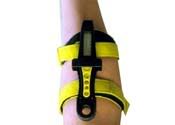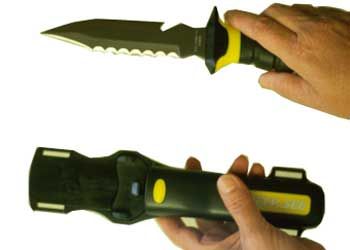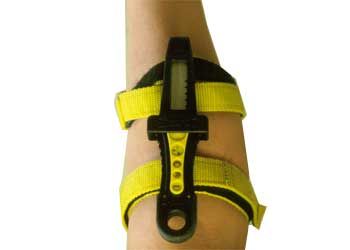Man this one lit me on Fire LOL
magret de canard à l’orange
1 large, boneless duck breast half, about 1 pound
salt & freshly ground pepper
1 whole orange
1/2 tablespoon red wine vinegar
1/2 tablespoon Calvados
1/2 cup chicken stock
1/2 tablespoon finely minced shallots
1/2 teaspoon sugar
1 tablespoon butter
1. Separate duck breast into two halves. Trim skin and fat around each half to within 1/8" of meat. Sprinkle breast halves on both sides with salt and pepper. Set aside.
2. Remove zest from orange and finely julienne. Reserve 1 tablespoon for use in sauce. Juice orange and combine with vinegar, Calvados and stock. Set aside.
3. Combine shallots with sugar and set aside.
4. Heat a non-stick sauté pan over medium heat. Add duck breasts, skin side down, and sauté until golden brown, about 5 minutes. Turn over and sauté meat side for another 5 minutes. Baste meat occasionally with duck fat rendered from breasts. Remove cooked breast halves from pan and keep warm.
5. Pour off the duck fat. Add 1 teaspoon butter and the shallot and sugar mixture. Sauté shallots over low heat until caramelized. Increase heat and add orange juice mixture. Reduce until almost a syrup. Strain, swirl in butter and combine with orange zest. Set aside and keep warm.
6. Slice breasts on the bias into thin slices about 1/8" thick. Arrange in a fan shape on heated plates. Spoon sauce over meat.
Yield: 2 servings.
Source: Pierre Franey, Pierre Franey’s Cooking in France, 1994, page 107.
Friday, February 03, 2006
How to Use a Diving
Unlike James Bond in "Thunderball," a scuba diver uses his knife as a tool - not for cutting the air hoses of his underwater enemies.

Steps:
1. Choose a knife with a sharp, serrated edge. Cutting and sawing may be necessary. (Image 1)
2. Use a knife with a flat head. This is an excellent tool for adjusting gauges, and it eliminates any worry of stabbing something - such as your diving buddy. (Image 2)
3. Employ the pry notch and ruler along the knife's edge to harvest shellfish and measure crab. Remember that light refraction can make that small shell look huge.
4. Select a knife with a hard disc pommel end that can be used for hammering.
5. Strap the knife sheath on the inside of the lower leg or thigh. Veteran divers call a knife strapped on the outside of your leg a "kelp catcher." It doesn't take a lot of imagination to understand why. (Image 3)
1. 2.
2.  3.
3. 
Tips:
If you choose to strap the knife on the outside of your upper arm, be sure you regularly remove your BC using a shoulder-snap release. Otherwise, in case of an emergency, the BC vest will catch on your knife as you slip it off.
Warnings:
Never harm marine life unless you have purchased a harvesting permit for legal gathering. This applies to prying anemones, starfish and urchins from rocks, and cutting coral or kelp.
Do not watch "Thunderball" before scuba diving.

Steps:
1. Choose a knife with a sharp, serrated edge. Cutting and sawing may be necessary. (Image 1)
2. Use a knife with a flat head. This is an excellent tool for adjusting gauges, and it eliminates any worry of stabbing something - such as your diving buddy. (Image 2)
3. Employ the pry notch and ruler along the knife's edge to harvest shellfish and measure crab. Remember that light refraction can make that small shell look huge.
4. Select a knife with a hard disc pommel end that can be used for hammering.
5. Strap the knife sheath on the inside of the lower leg or thigh. Veteran divers call a knife strapped on the outside of your leg a "kelp catcher." It doesn't take a lot of imagination to understand why. (Image 3)
1.
 2.
2.  3.
3. 
Tips:
If you choose to strap the knife on the outside of your upper arm, be sure you regularly remove your BC using a shoulder-snap release. Otherwise, in case of an emergency, the BC vest will catch on your knife as you slip it off.
Warnings:
Never harm marine life unless you have purchased a harvesting permit for legal gathering. This applies to prying anemones, starfish and urchins from rocks, and cutting coral or kelp.
Do not watch "Thunderball" before scuba diving.
Subscribe to:
Posts (Atom)
